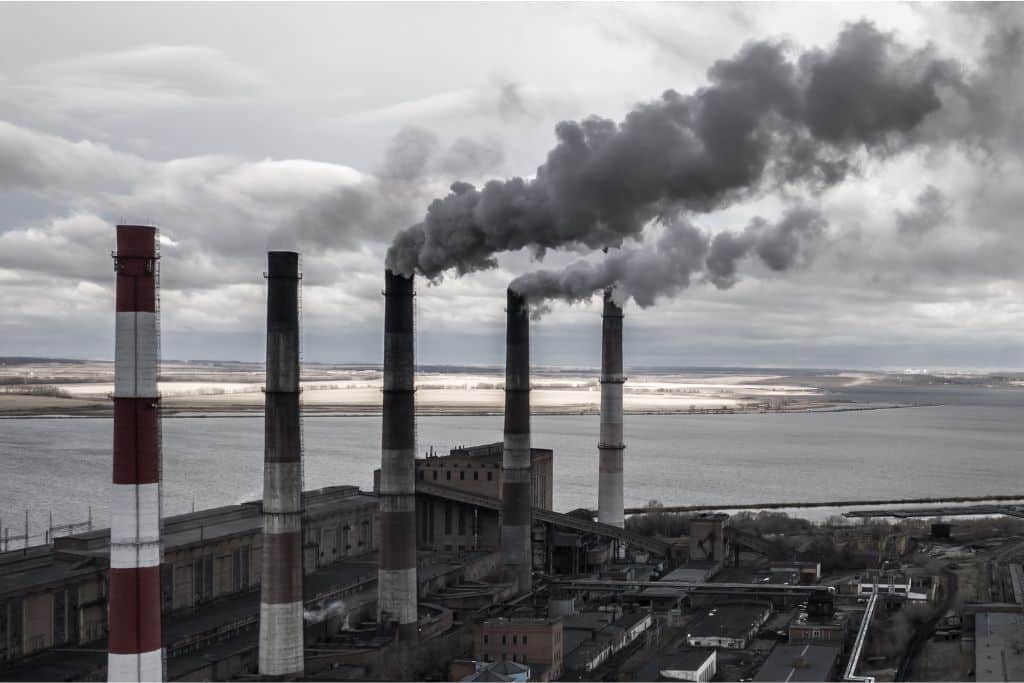Besides the burning of fossil fuels and changes in land use, scientists blame the impact of the ongoing El Niño for the rise in atmospheric CO2.
—
Atmospheric carbon dioxide (CO2) levels are forecast to build up faster than the trajectory required to stay on track with the 1.5C global warming threshold in 2024, the Met Office has warned.
The UK weather forecast service said on Thursday that annual average CO2 concentrations at the Mauna Loa Observatory, Hawaii – which is home to the longest continuous record of atmospheric CO2 in the world, dating back to 1958 – will be 2.84 parts per million (ppm) higher in 2024 compared to last year, reaching a high of 423.6 ppm.
This represents the fourth-largest increase in the so-called Keeling Curve in 65 years and the continuation of a climb into values not seen for millions of years. The curve is named after David Keeling, who started measuring CO2 levels for the Scripps Institution of Oceanography in 1958.

The observed, long-term increase in atmospheric CO2 levels – which are now 50% higher than pre-Industrial Revolution – is solely attributable to human activities, mainly to the burning of fossil fuels for transportation and electricity generation but also to cement manufacturing, deforestation, and agriculture.
And while natural carbon sinks such as plants and the ocean partially contribute to limit CO2 concentrations, their capacity to absorb and store carbon dioxide can vary from year to year due to short-term climate fluctuations, such as the ones driven by the El Niño Southern Oscillation (ENSO), a periodic fluctuation in sea surface temperature and the air pressure of the overlying atmosphere across the equatorial Pacific Ocean. For instance, during El Niño conditions, the annual CO2 rise tends to be faster.
You might also like: El Niño Will Last Well Into 2024, Scientists War
Rising CO2 levels have devastating consequences on the environment, from amplifying extreme weather events including heatwaves, floods, droughts, and wildfires, to heating up oceans, resulting in rising sea levels, ocean acidification, and disruption of marine habitats and ecosystems.
The latest report by the United Nations Intergovernmental Panel on Climate Change (IPCC) warned that greenhouse gas emissions must peak by 2025 for a chance to meet the 1.5C target. However, current estimates suggest the world is off track to meet the goal.
Temperatures in 2023 – which went down in history as the hottest year ever recorded – were already 1.48C higher than pre-industrial levels. And a former NASA scientist last week warned that the Paris threshold would be reached this year as early as May.
While surpassing the 1.5C threshold for several consecutive months does not mean breaking the Paris Agreement, at current emissions levels, this moment is expected to occur sometime in the next decade.


















